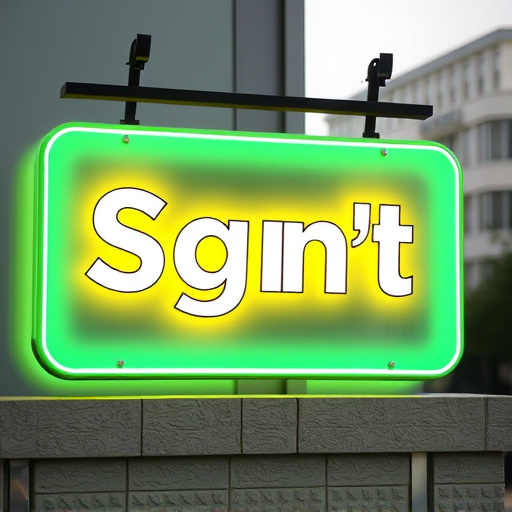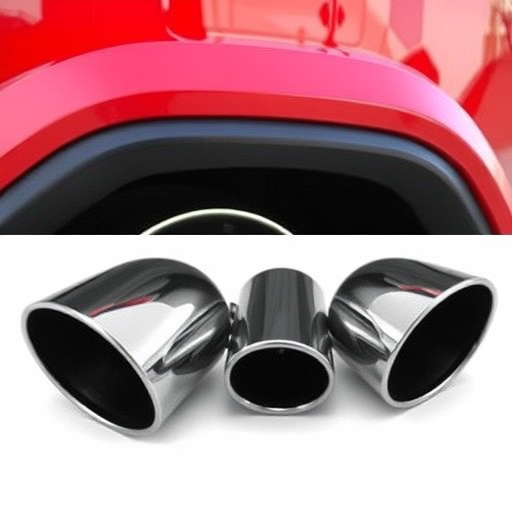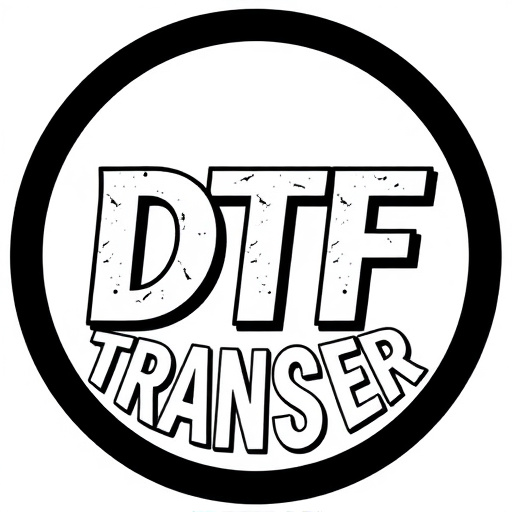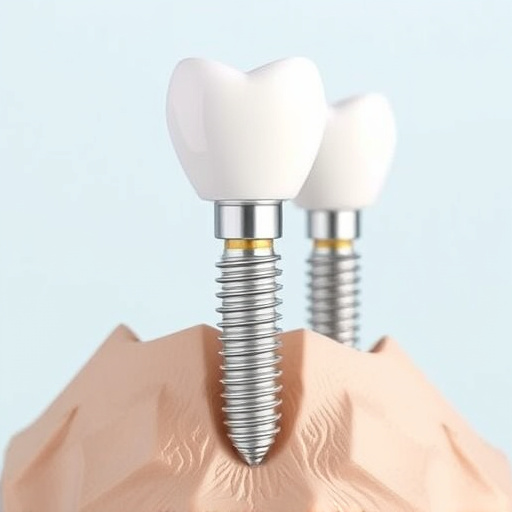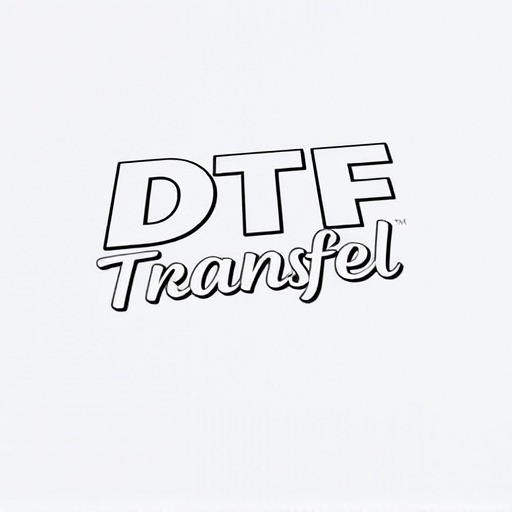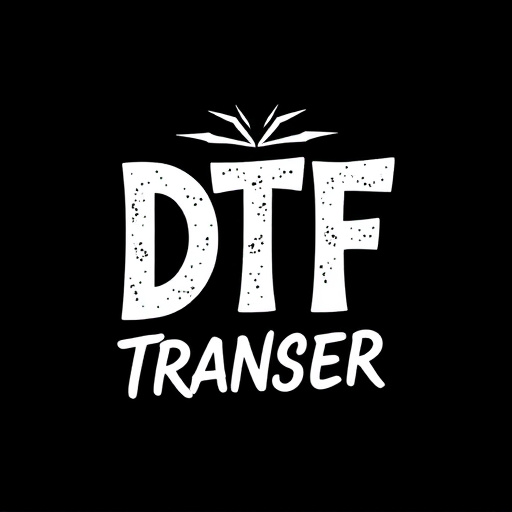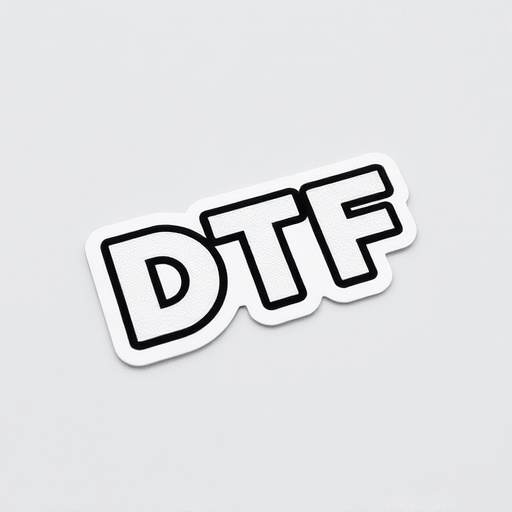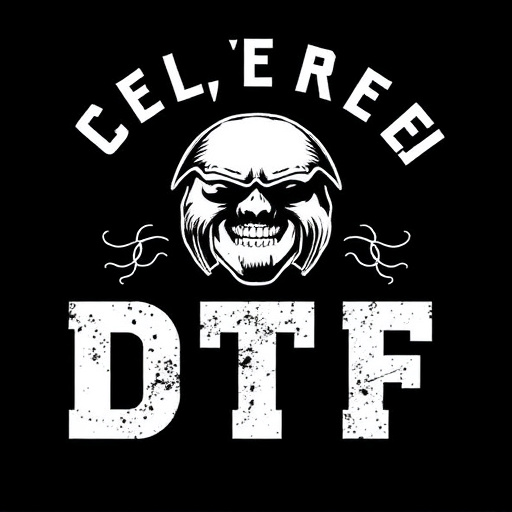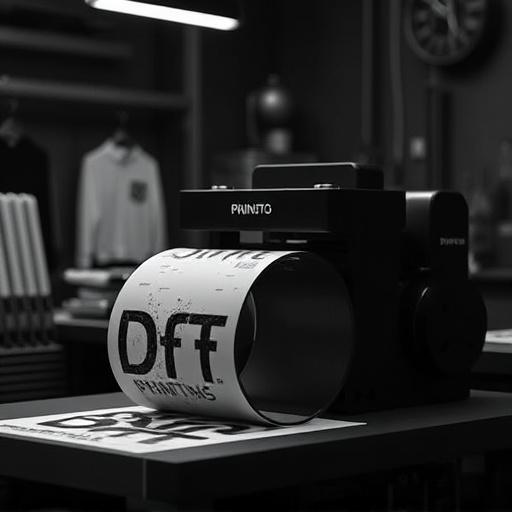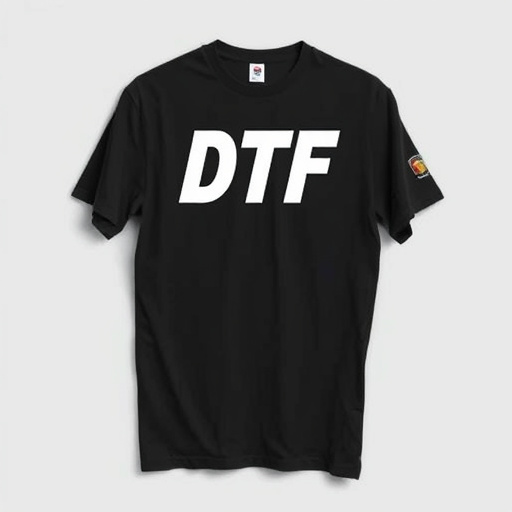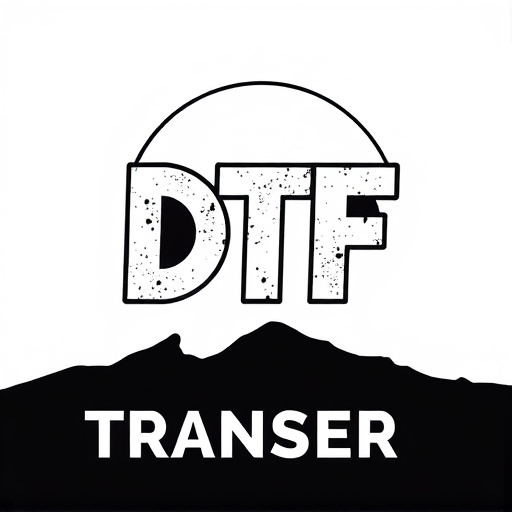Direct-to-Film (DTF) transfers have transformed printing by offering fast, cost-effective high-quality image reproduction on film, eliminating proofing and plate preparation steps. Bulk DTF transfers provide small to medium enterprises with vibrant, durable colors for diverse media, efficient production times, and personalization options. Discounted pricing models significantly lower the cost of archival-quality DTF transfers for bulk orders, preserving rare or vintage films. Choosing the right DTF service provider involves evaluating specialization, pricing, and transparent communication. Real-world applications highlight DTF Transfer's versatility in enhancing business competitiveness, with promising future advancements in printing techniques, ink formulations, and AI systems.
“Discover the transformative power of bulk direct-to-film (DTF) transfers, a cost-effective solution for businesses seeking high-quality, discounted printing. This article explores how DTF technology streamlines production with vibrant, detailed results at an affordable price point. We delve into the benefits of bulk DTF transfers, pricing models, and crucial considerations when choosing a service provider. From case studies to future trends, understand why DTF is revolutionizing the industry for good.”
- Understanding Direct-to-Film (DTF) Transfers: A Cost-Effective Solution
- Benefits of Bulk DTF Transfers for Businesses
- How Discounted Pricing Models Work in the DTF Industry
- Choosing the Right DTF Service Provider: Key Considerations
- Case Studies: Successful Bulk DTF Transfer Implementations
- Future Trends and Innovations in Direct-to-Film Technology
Understanding Direct-to-Film (DTF) Transfers: A Cost-Effective Solution
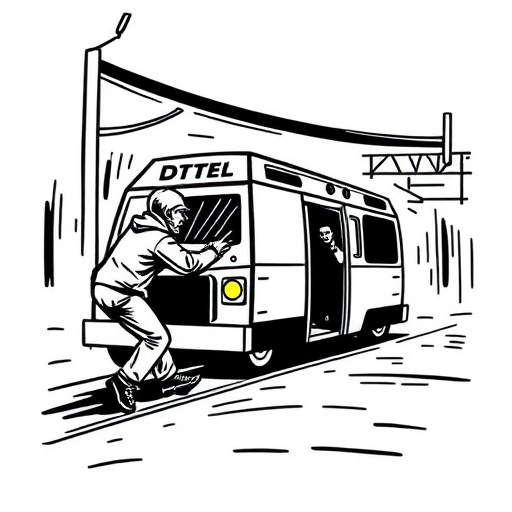
Direct-to-Film (DTF) transfers have emerged as a game-changer in the printing industry, offering businesses an affordable and efficient method to reproduce images on film. This technology allows for high-quality, crisp prints with vibrant colors, making it an ideal solution for various applications. By eliminating the need for intermediate processes like proofing or plate preparation, DTF transfers significantly reduce production time and costs.
For businesses looking to streamline their printing workflows, DTF transfers provide a cost-effective alternative to traditional methods. The discounted business pricing on these transfers makes high-quality film printing accessible, enabling companies to produce marketing materials, packaging, or custom products with ease. This innovative approach not only enhances productivity but also ensures that businesses can offer competitive pricing without compromising on quality.
Benefits of Bulk DTF Transfers for Businesses

Bulk direct-to-film (DTF) transfers offer significant advantages for businesses looking to enhance their marketing strategies and brand visibility. By opting for bulk DTF transfers, companies can enjoy discounted pricing, making it an economical choice for creating promotional materials in large quantities. This cost-effectiveness is a game-changer, especially for small and medium-sized enterprises with limited budgets.
Additionally, DTF transfers provide businesses with a versatile and durable solution. The direct printing method ensures vibrant and long-lasting colors on various media types, from banners to posters. This versatility allows companies to create eye-catching displays for indoor and outdoor use, effectively captivating their target audience. Efficient production times and the ability to personalize each piece make bulk DTF transfers an efficient and flexible option for businesses seeking to leave a lasting impression.
How Discounted Pricing Models Work in the DTF Industry
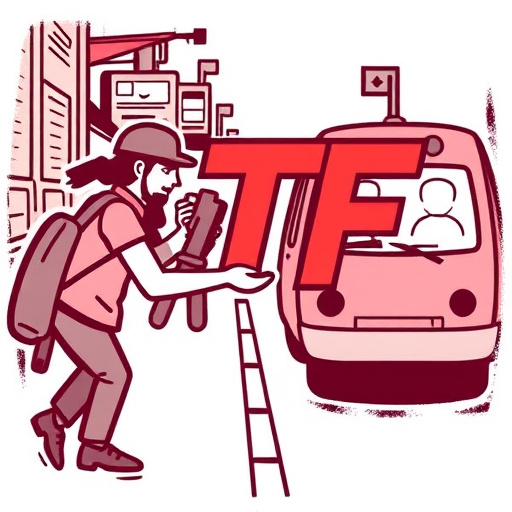
In the direct-to-film (DTF) industry, discounted pricing models play a pivotal role in making high-quality film transfers accessible to businesses and enthusiasts alike. These models are designed to offer substantial savings on bulk orders, allowing customers to obtain large quantities of DTF transfers at prices far lower than individual purchases. The concept is simple: the more you buy, the more you save. This incentive structure encourages businesses and collectors to invest in bulk orders, ensuring a steady supply of archival-quality film transfers.
Discounted business pricing for DTF transfers typically involves tiered rates based on quantity. For instance, ordering 100 or more copies of a specific title can result in a significant per-unit price reduction compared to buying just a few. This model not only benefits customers but also film preservationists and distributors by fostering a larger market for these services. As a result, it becomes economically viable to preserve and distribute rare or vintage films, making them available to new generations of viewers.
Choosing the Right DTF Service Provider: Key Considerations
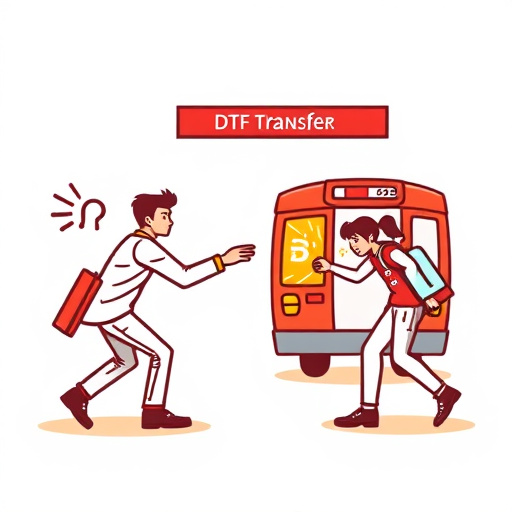
When considering bulk direct-to-film (DTF) transfers, selecting the right service provider is a critical step. Key considerations include their reputation, expertise in handling large volumes, and understanding your specific film types and formats. Look for providers with experience in DTF Transfer, as they’ll possess the necessary knowledge to preserve image quality and handle potential challenges associated with bulk processing.
Additionally, ensure they offer competitive pricing without compromising on quality. Discounted business pricing is a significant advantage, but it’s equally important to verify that the provider can consistently deliver high-quality results. Reviews, case studies, and transparent communication about their processes are valuable indicators of a reliable DTF Service Provider.
Case Studies: Successful Bulk DTF Transfer Implementations
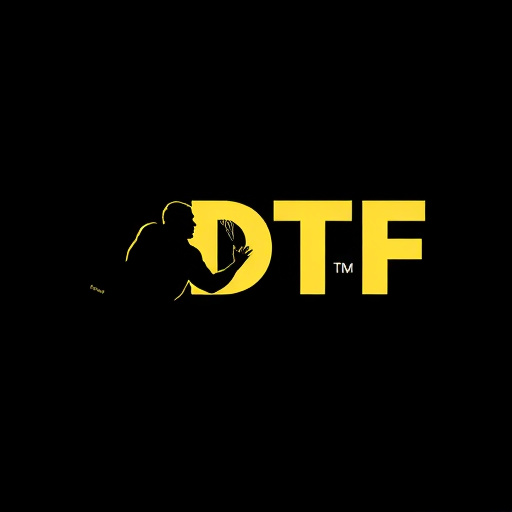
In recent years, several businesses have successfully implemented bulk direct-to-film (DTF) transfers, reaping significant benefits in terms of cost reduction and efficiency gains. These case studies highlight the versatility and effectiveness of DTF Transfer technology, which has proven to be a game-changer for various industries. For instance, one clothing manufacturer utilized bulk DTF printing to create custom designs on t-shirts, allowing them to cater to diverse customer preferences at a lower cost per unit compared to traditional silk screening methods.
Another notable success story comes from a small business specializing in promotional merchandise. By adopting bulk DTF transfers, they were able to offer fast turnaround times and high-quality prints on a wide range of products, from mugs to tote bags. This implementation not only satisfied their customers but also contributed to the company’s growth by expanding their client base and increasing order volumes. These real-world applications underscore the potential of bulk DTF transfers to transform businesses, making them more competitive in today’s market.
Future Trends and Innovations in Direct-to-Film Technology
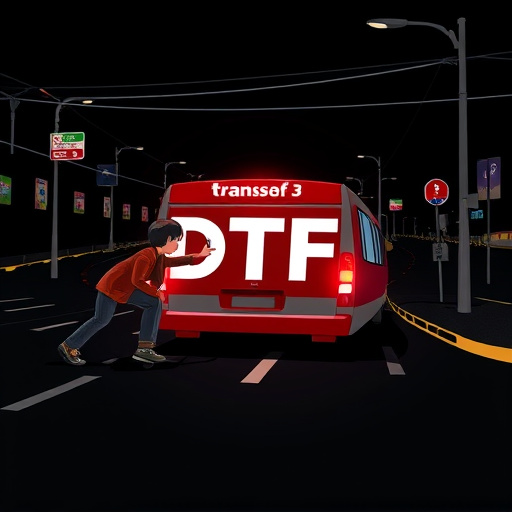
The future of direct-to-film (DTF) technology promises exciting innovations that will further revolutionize the film industry. As demand for high-quality, cost-effective content production continues to surge, DTF transfers are expected to play a pivotal role in meeting these demands. Advanced printing techniques and improved ink formulations will enable even more precise color reproduction and higher resolution images, ensuring exceptional visual quality.
Additionally, the integration of artificial intelligence (AI) and machine learning algorithms could streamline the DTF process, enhancing efficiency and reducing production time. AI-driven systems can optimize image processing, automatic error detection, and predictive maintenance, making DTF transfers more accessible and reliable for businesses. These innovations will not only enhance the overall quality of film prints but also make direct-to-film technology more sustainable and cost-efficient in the long run.

